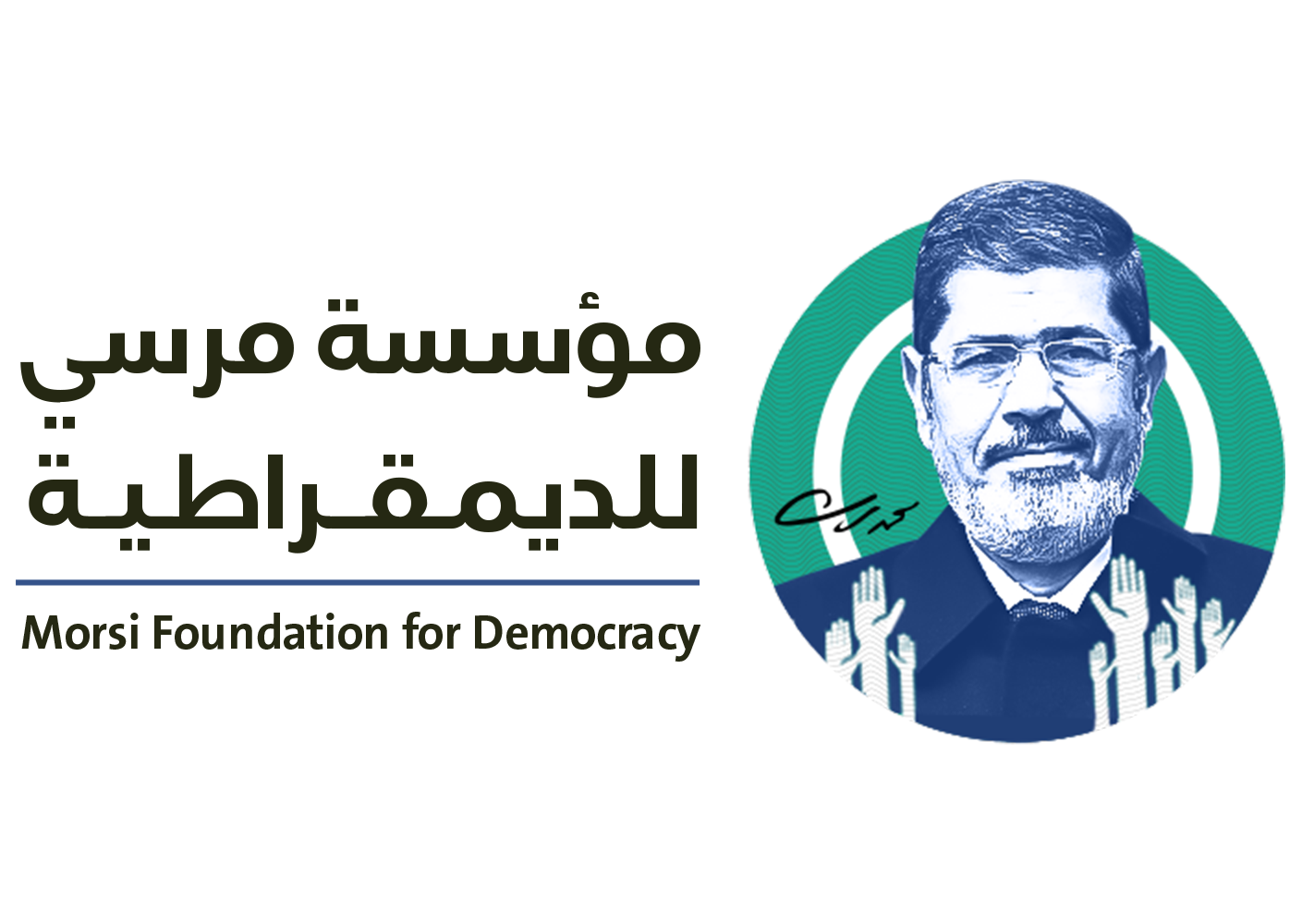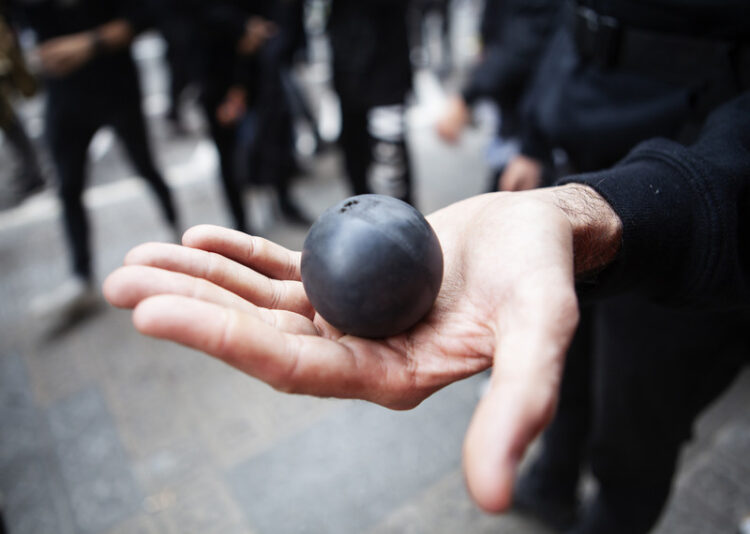Security forces across the world are routinely misusing rubber and plastic bullets and other law enforcement weapons to violently suppress peaceful protests and cause horrific injuries and deaths, said Amnesty International today, in a new report calling for strict controls on their use and a global treaty to regulate their trade.
The report, My Eye Exploded, published jointly with the Omega Research Foundation, is based on research in more than 30 countries over the last five years. It documents how thousands of protesters and bystanders have been maimed and dozens killed by the often reckless and disproportionate use of less lethal law enforcement weaponry, including kinetic impact projectiles (KIPs), such as rubber bullets, as well as the firing of rubberized buckshot, and tear gas grenades aimed and fired directly at demonstrators.
“We believe that legally-binding global controls on the manufacture and trade in less lethal weapons, including KIPs, along with effective guidelines on the use of force are urgently needed to combat an escalating cycle of abuses,” said Patrick Wilcken, Amnesty International’s Researcher on Military, Security and Policing issues.
Amnesty International and the Omega Research Foundation are among 30 organizations calling for a UN-backed Torture-Free Trade Treaty to prohibit the manufacture and trade of inherently abusive KIPs and other law enforcement weapons, and to introduce human rights-based trade controls on the supply of other law enforcement equipment, including rubber and plastic bullets.
“A Torture-Free Trade Treaty would prohibit all production and trade in existing inherently abusive law enforcement weapons and equipment, including intrinsically dangerous or inaccurate single KIPs, rubber-coated metal bullets, rubberized buckshot and ammunition with multiple projectiles that have resulted in blinding, other serious injuries and deaths across the world,” said Dr Michael Crowley, Research Associate at the Omega Research Foundation.
The weapons have led to permanent disability in hundreds of cases and many deaths. There has been an alarming increase in eye injuries, including eyeball ruptures, retinal detachments and the complete loss of sight, as well as bone and skull fractures, brain injuries, the rupture of internal organs and haemorrhaging, punctured hearts and lungs from broken ribs, damage to genitalia, and psychological trauma.
According to an evaluation by Chile’s National Institute for Human Rights, police actions during protests which began in October 2019 resulted in more than 440 eye injuries, with over 30 cases of eye loss, or ocular rupture.
At least 53 people died from projectiles fired by security forces, according to a peer-reviewed study based on medical literature worldwide between 1990 and June 2017. It also concluded that 300 of the 1,984 people injured suffered permanent disability. The actual numbers are likely to be far higher.
Since then, the availability, variety and deployment of KIPs has escalated globally, furthering the militarization of protest policing.
The report finds that national guidance on the use of KIPs rarely meets international standards on the use of force, which state that their deployment be limited to situations of last resort when violent individuals pose an imminent threat of harm to persons. Police forces routinely flout regulations with impunity.



